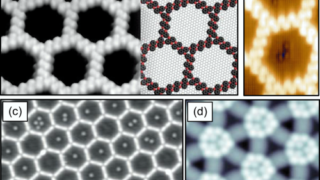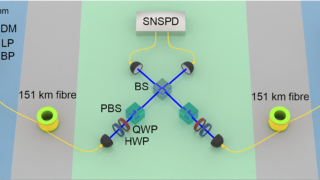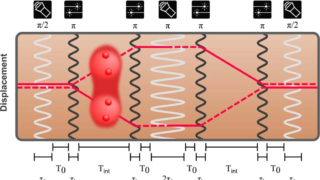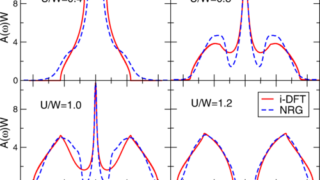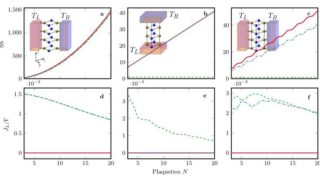
Quantum interference between dissimilar particles
Nuclear physicists have found a new way to see details inside atomic nuclei . They do so by tracking interactions between photons and gluons—the gluelike particles that hold together the building blocks of protons and neutrons. The method relies on harnessing a new type of quantum interference between two dissimilar particles. Tracking how these entangled […]
